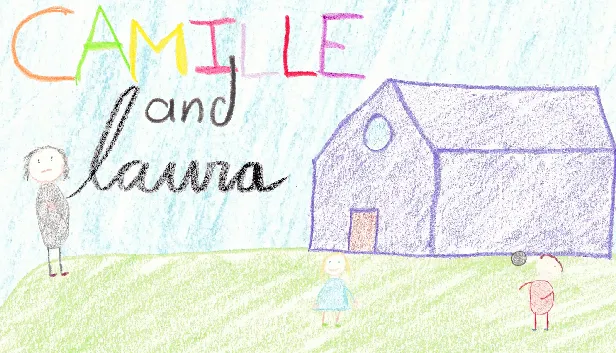Camille and Laura is an emotional look at the stress of parenting
Some of the best games are the ones that you see a little bit of yourself in. They’re also some of the hardest to play sometimes, especially when they hit as close to home as Camille and Laura does. From the momentary choices you make as a parent, to finally getting the help you so desperately need, I saw so much of myself in this game, and I suspect you will too—parent or not.
Camille and Laura is a point-and-click game by BonjourBorzoi about Camille, a five-year-old starting school for the first time, and Laura, her single mother, trying to make ends meet. You play as Laura and spend most of your time crossing the crayon-drawn rooms clicking on cabinets, making breakfast, or answering emails. All in, Camille and Laura is about two hours long, spanning five in-game days of much the same (with a few major standout moments).
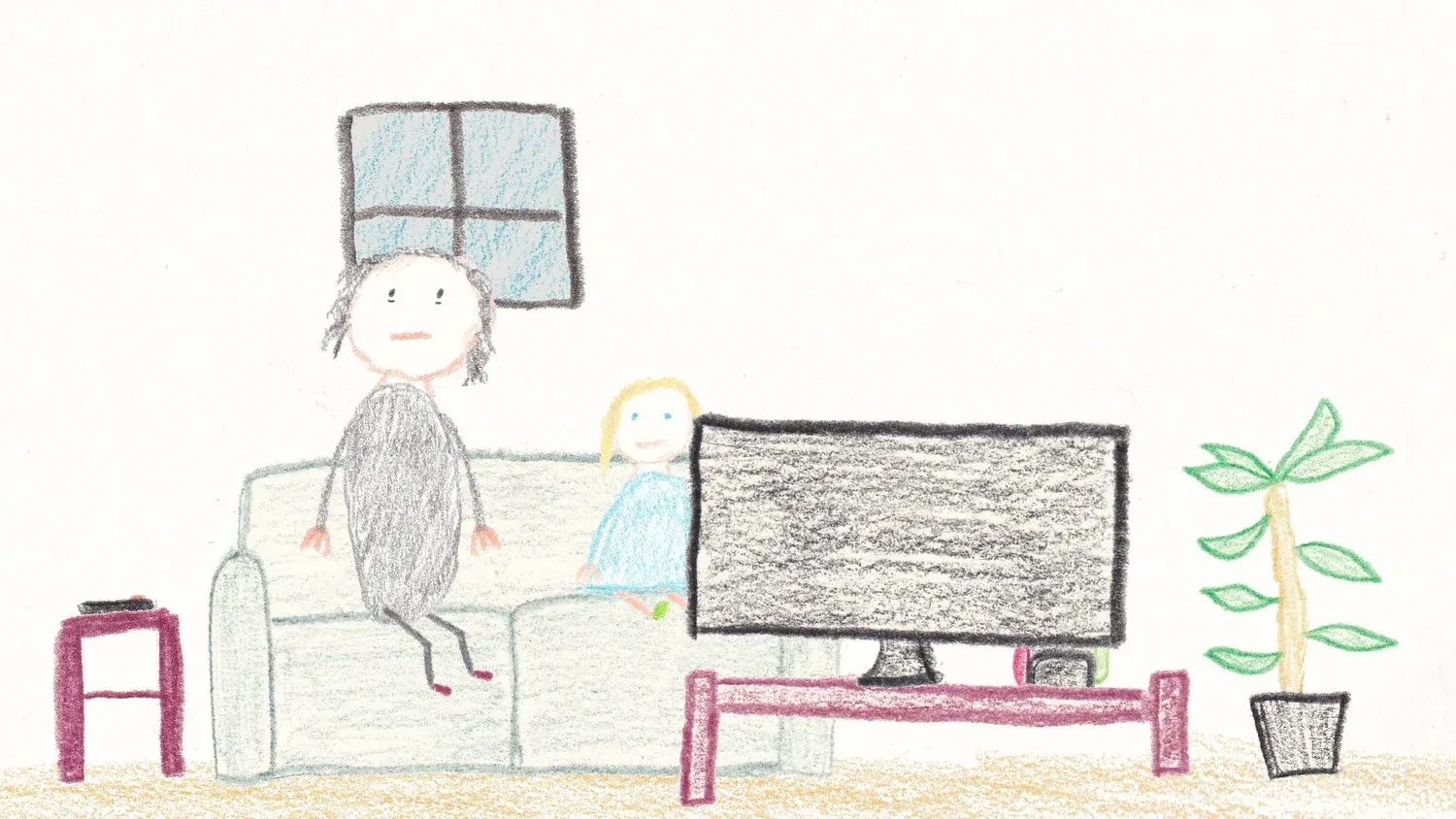
Instead of spending a ton of time exploring vast and incredibly detailed environments, the point-and-click puzzles are relatively easy: drag pot onto sink, drag pot onto stove, drag mac and cheese onto pot. Part of the charm of the game is that simplicity, though. Combined with the childish art style (complementary), the entire game feels like Camille drawing what she thinks her mom does throughout the day. The crayon drawings animate really well and seeing a computer screen in that style is just fundamentally hilarious.
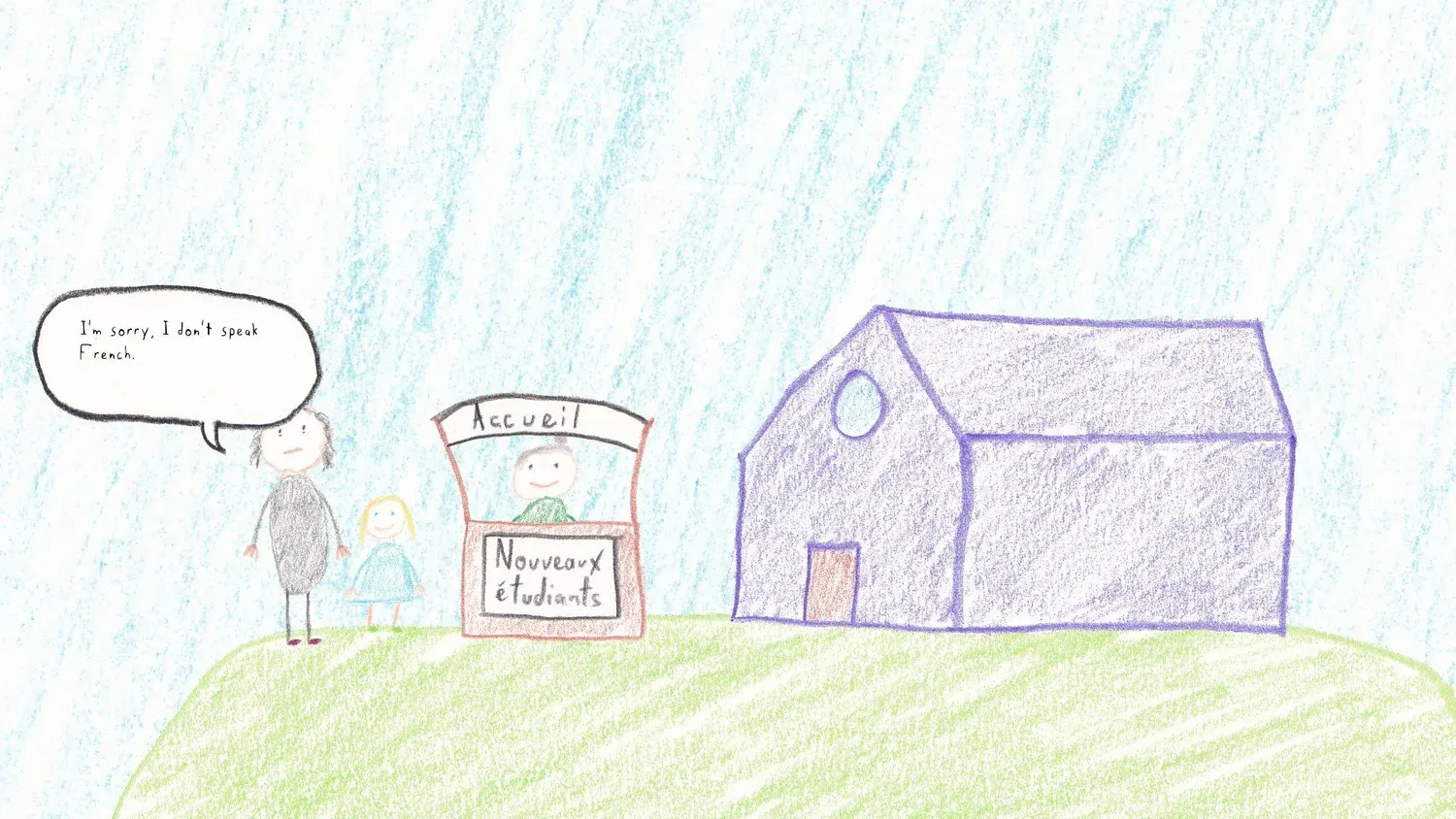
Camille and Laura’s story is relatively simple as well. Each day, Laura will wake up, make breakfast, drop off Camille at school, go to work, run errands, pick up Camille, make dinner, and then go to bed. As Laura, you have a few choices to make, including what’s for dinner, how you respond to Camille, and whether you read a bedtime story or not. It’s these simple choices that helps Camille and Laura go from a perfectly fine point-and-click game to something that is truly special.
There is no combat in Camille and Laura. There’s barely an enemy, and there’s not really a right or wrong solution. You won’t fail in the canonical video game sense. All you have to do is wake up every morning, figure out what’s for breakfast, cross the kitchen three times to make it, and serve it to your kid. It’s something we all do—kid or not—every single day. What struck me the most though, is how I immediately fell into the rhythm of how I do this task every morning.
At my house, I make the coffee and make breakfast while my partner showers and my son plays. Inevitably, I never wake up at the exact time I wanted to and breakfast becomes an optimization problem: make coffee first, then feed the cats while the coffee is brewing. Try to have breakfast out and ready for my son as he comes down the stairs after going to the bathroom. Change clothes and put on shoes in between cleaning up breakfast and then whisk him out the door so we can go to school. Don’t forget his bag, water bottle, and lunch.
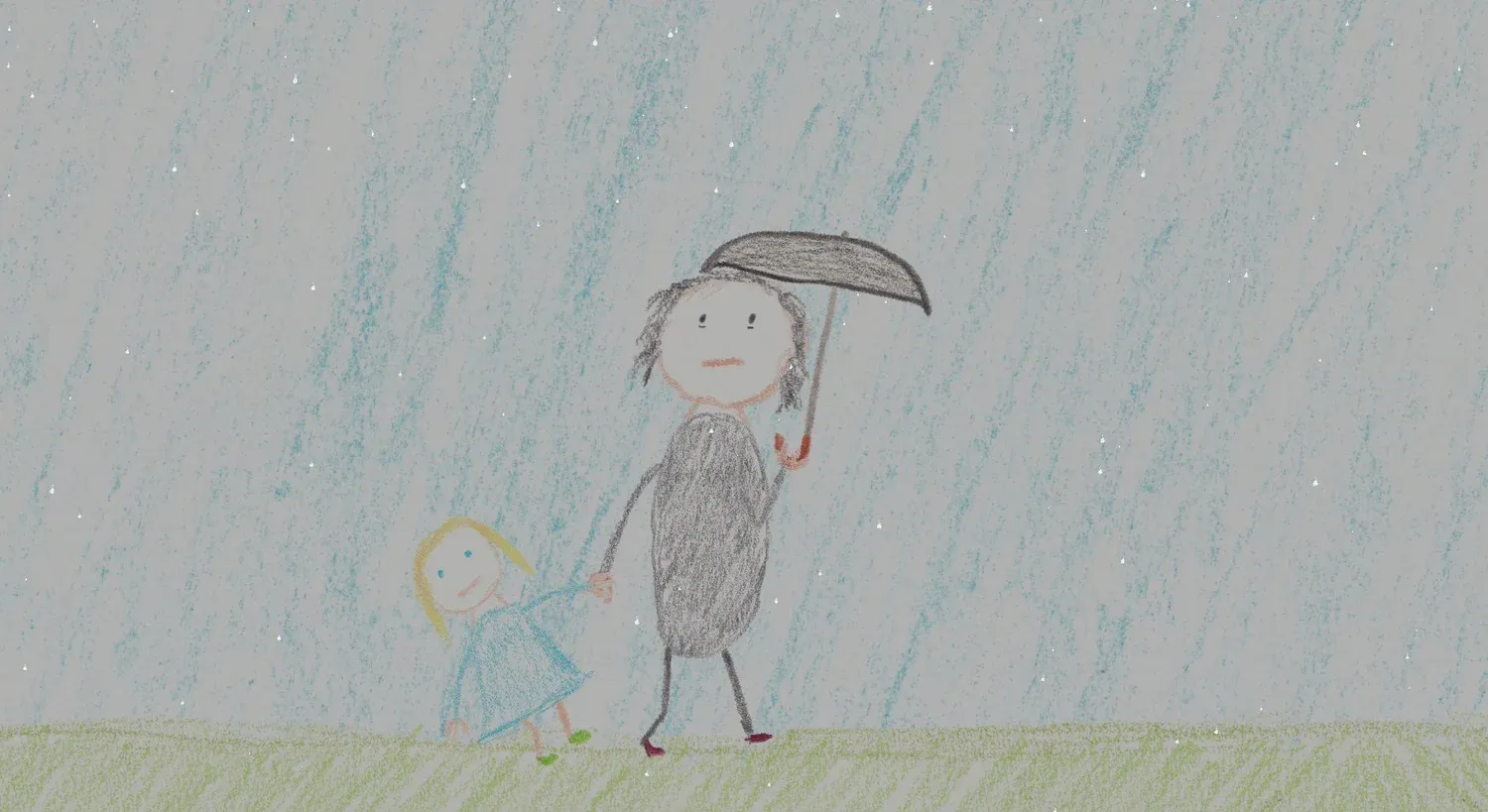
This is how it feels to play Camille and Laura. You immediately learn how the 2D kitchen is laid out after breakfast and will always grab coffee, cereal, milk, and a fruit from the cabinets before crossing the screen to make everything. There is no time pressure, but it feels like there is. While the coffee brews, you pour the cereal. When it’s done, you take your shot of espresso, then put the cereal on the table for Camille. I found myself trying to speedrun breakfast, optimizing my movements to get to the next part, to do the very same thing I do every morning for no gameplay benefit.
After breakfast, you take Camille to school. You never see Camille’s school journey, and it’s only ever told to you in the sometimes nonsensical way that a five-year-old tells a story. But there is an arc here as well that pokes at all the tiny, fearful inadequacies we feel as parents. On the first day, you soothe Camille, on another day, she fights school, and on a third day, you arrive late and are held after by the teacher. When I bought school supplies the previous day, I chose the small box of colored pencils—because I couldn’t afford the bigger box—and Camille has noticed. That same day was the first day Camille excitedly ran off to class, a small dotted speech bubble above Laura’s head containing the “I love you” she couldn’t say fast enough.

Next, you’re off to work, where you primarily respond to, delete, or reply-all to an ever-mounting pile of emails as the clock moves incredibly slowly. Mid-day, you’ll grab your lunch and sometimes have a chat with your too-bubbly coworker. Again, the simplicity that Camille and Laura draws strikes true; I immediately saw myself in Laura when she hid behind a counter, hoping her coworkers wouldn’t notice her. I felt the boredom and hopelessness slip in as the inbox climbed from 0 to 500 throughout the week.

Laura is the emotional center of this story. She leads a simple—but not easy—life as a single mother, shouldering the logistical and emotional difficulties of parenthood and personhood alone. She must choose between the good colored pencils or a healthy dinner. She must be present and comforting, a paragon of parenting, even when a break will never come. She must be a parent that encourages emotional safety, while hiding herself away at the same time. At the end of a long day of checking the same emails she saw yesterday, worrying about the cost of groceries she had to put on a credit card, and this insomnia that just won’t leave, Laura is given one last choice: to tell Camille a story or not.
Camille and Laura is about performative parenting. Not the kind you do for your own benefit, the kind where you feel like you pulled off the parenting equivalent of a kick flip. No, the performative parenting in Camille and Laura is the kind we rarely own up to do, the kind of parenting we do to let the little people we’re in charge of believe we know what we’re doing. No matter how into debt that frozen pizza puts you, you serve it up as if it’s a gourmet meal; no matter how little sleep you got last night, there’ll always be breakfast on the table; and no matter how long your day was, there’s always a bedtime story.
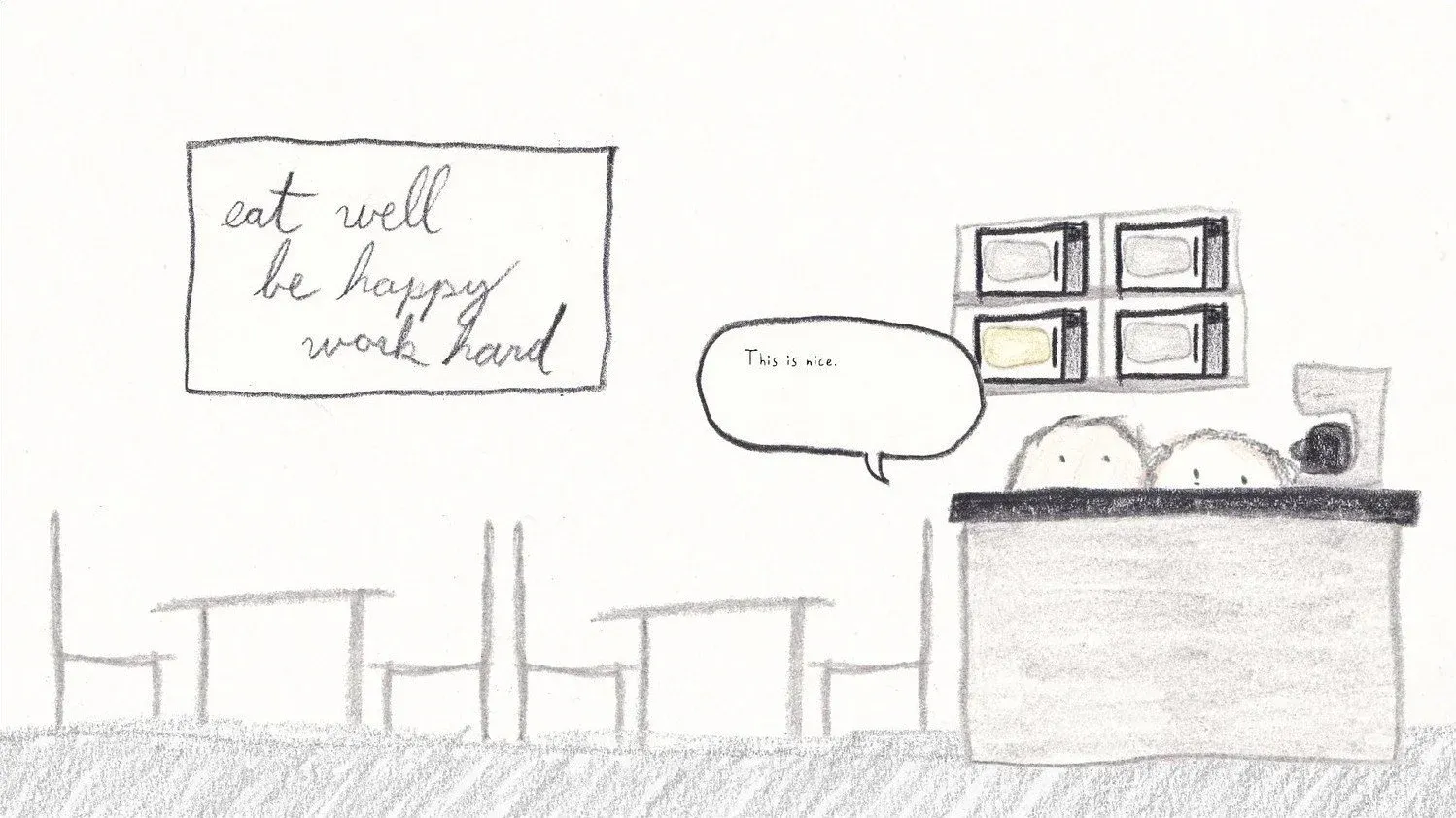
This is the part of Camille and Laura I feel in my bones: that deep-down fear that all of this other stuff will rob my child of the childhood they deserve. The dirty truth—one that comes out in the game’s standout moment when Laura goes to therapy the first time—is that we all have off days. We all have days where the pressures of it all compress us too much and all that’s left is a ragged, hollow husk of a person. But there’s something else hidden in Camille and Laura: no matter how bad it gets, we perform the routine of being a parent, because yes, it’s hard, but, like many things in life, that quiet moment of living in your imagination with a person completely enraptured by you helps, if only for a moment.
I saw so much of myself in Camille and Laura and, whether you’re a parent or not, I think you will too. It’s a lovingly crafted game that explores the rarely discussed aspects of parenthood and modern life. So much of this game feels true, from the little idiosyncrasies of breakfast optimization, the nervousness of grocery shopping on a tight budget, and the secondhand shame of getting the wrong colored pencils. Good media can transport you to somewhere new, but the best media lets you live a new perspective. And Camille and Laura is the best kind of media.


